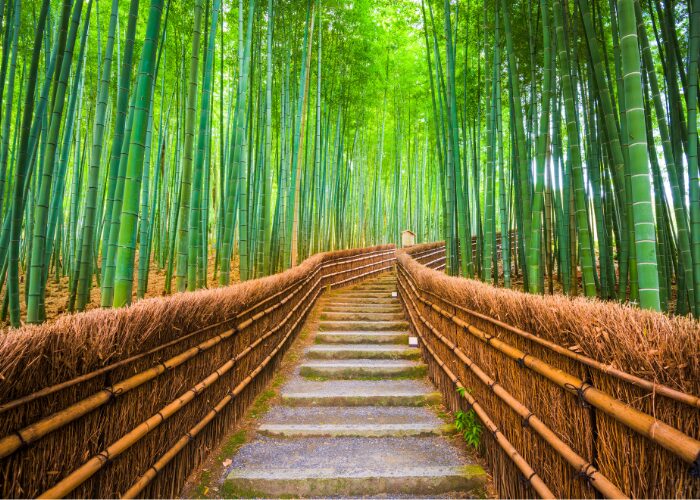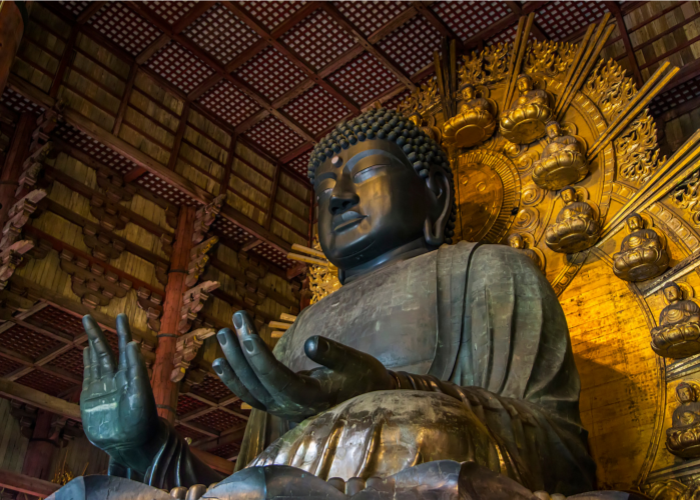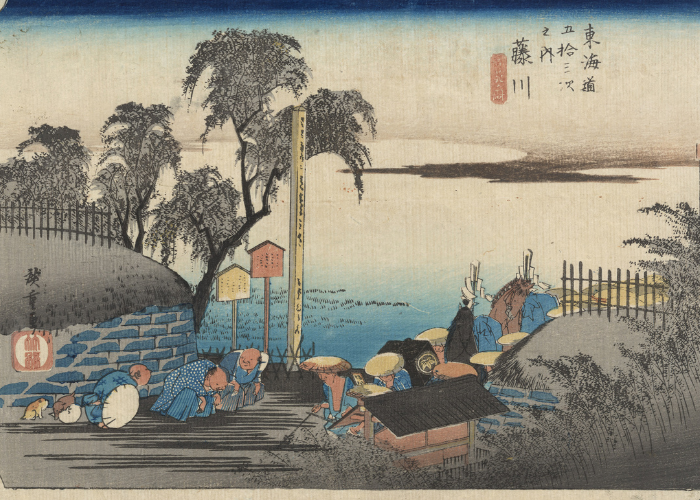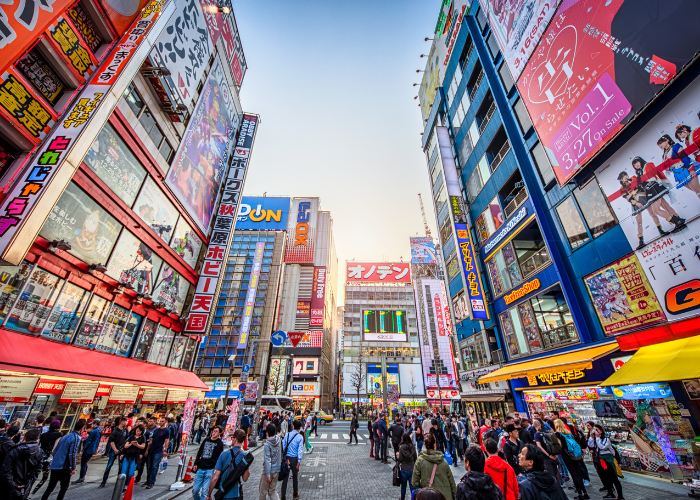
Here’s a brief summary of Japanese history:
Ancient Japan (Pre-710)
- Jomon Period (14,000 – 300 BCE): Known for its pottery and hunter-gatherer culture.
- Yayoi Period (300 BCE – 300 CE): Introduction of rice farming, metalworking, and a more stratified society.
- Kofun Period (300 – 538 CE): Emergence of powerful clan leaders and the construction of large burial mounds (kofun).

Classical Japan (538 – 1185)
- Asuka Period (538 – 710): Introduction of Buddhism and significant cultural exchange with China and Korea. The establishment of a centralized government.
- Nara Period (710 – 794): The first permanent capital at Nara. Flourishing of Buddhist culture and arts.
- Heian Period (794 – 1185): Capital moved to Heian-kyō (Kyoto). Development of a distinct Japanese culture, literature (e.g., “The Tale of Genji”), and aristocratic society.
Feudal Japan (1185 – 1603)
- Kamakura Period (1185 – 1333): Rise of the samurai class and establishment of the Kamakura shogunate. Mongol invasions repelled in 1274 and 1281.
- Muromachi Period (1336 – 1573): Ashikaga shogunate and the flourishing of the arts. Period of political instability and the Onin War (1467-1477) leading to the Warring States period.
- Azuchi-Momoyama Period (1573 – 1603): Unification under powerful daimyos like Oda Nobunaga and Toyotomi Hideyoshi.

Early Modern Japan (1603 – 1868)
- Edo Period (1603 – 1868): Tokugawa shogunate establishes a period of peace and isolation (sakoku). Economic growth, urbanization, and flourishing of culture (Kabuki, Ukiyo-e).
Modern Japan (1868 – Present)
- Meiji Period (1868 – 1912): Meiji Restoration restores imperial rule. Rapid modernization, industrialization, and Westernization.
- Taisho Period (1912 – 1926): Democratic reforms and cultural developments, but also economic difficulties.
- Showa Period (1926 – 1989): Early period marked by militarization and World War II. Post-war economic miracle leads to Japan becoming a global economic power.
- Heisei Period (1989 – 2019): Economic stagnation following the burst of the bubble economy, but continued technological and cultural influence.
- Reiwa Period (2019 – present): Continuation of modernization and addressing contemporary issues such as aging population and economic challenges.

This summary captures the broad strokes of Japanese history, highlighting key periods and developments.
Leave a Reply